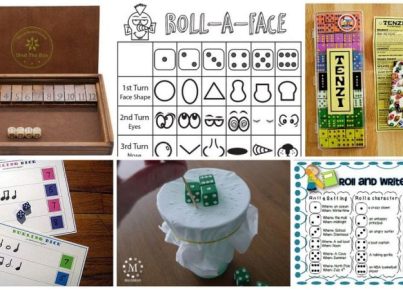- Incorporate hands-on activities: Encourage interactive learning by including hands-on activities that engage students in the learning process.
- Use visual aids: Utilize visual aids such as charts, diagrams, and pictures to enhance understanding and retention of important concepts.
- Foster a positive classroom environment: Create a welcoming and supportive classroom atmosphere where students feel valued, respected, and comfortable expressing themselves.
- Implement cooperative learning strategies: Encourage collaboration among students through group work and cooperative learning activities, promoting teamwork and social skills development.
- Differentiate instruction: Recognize that students have different learning needs and adapt your teaching methods accordingly. Use a variety of instructional strategies to cater to diverse learning styles.
- Provide effective feedback: Offer constructive feedback to students, highlighting their strengths and areas for improvement. This encourages their growth and helps them take ownership of their learning.
- Utilize technology: Incorporate educational technology tools and resources that enhance the learning experience and make the content more engaging.
- Encourage reading: Foster a love for reading by incorporating engaging books and reading activities into the curriculum. Create a classroom library and set aside dedicated time for independent reading.
- Promote critical thinking: Develop students’ critical thinking skills by asking open-ended questions and encouraging them to analyze, evaluate, and solve problems independently.
- Use real-world examples: Connect lesson content to real-life situations to make it more relevant and meaningful for students. This helps them understand the practical applications of what they are learning.
- Incorporate movement breaks: Allow students to release pent-up energy by incorporating movement breaks throughout the day. Physical activity can help improve focus, attention, and overall well-being.
- Celebrate student achievements: Recognize and celebrate students’ accomplishments to boost their motivation and self-esteem. This can be through verbal praise, certificates, or other forms of positive reinforcement.
- Encourage parent involvement: Establish open lines of communication with parents and involve them in their child’s education. This partnership can support and reinforce learning goals both at school and at home.
- Provide opportunities for creativity: Foster creativity and imagination by incorporating art, music, and other creative outlets into the curriculum. This allows students to express themselves and think outside the box.
- Set clear expectations: Establish clear behavioral and academic expectations from the beginning of the school year. Consistency and structure contribute to a positive learning environment.
- Offer choices: Give students options within certain boundaries, allowing them to have some control over their learning. This promotes autonomy and fosters a sense of responsibility.
- Incorporate cultural diversity: Recognize and respect the cultural backgrounds of your students and incorporate diverse perspectives into the curriculum. This promotes inclusivity and understanding.
- Reflect and adapt: Continuously reflect on your teaching practices and make adjustments to meet the individual needs of your students. Flexibility is key in providing an effective learning experience.
These tips, tricks, and ideas can help make your 3rd-grade teaching experience more productive, engaging, and enjoyable for both you and your students.





